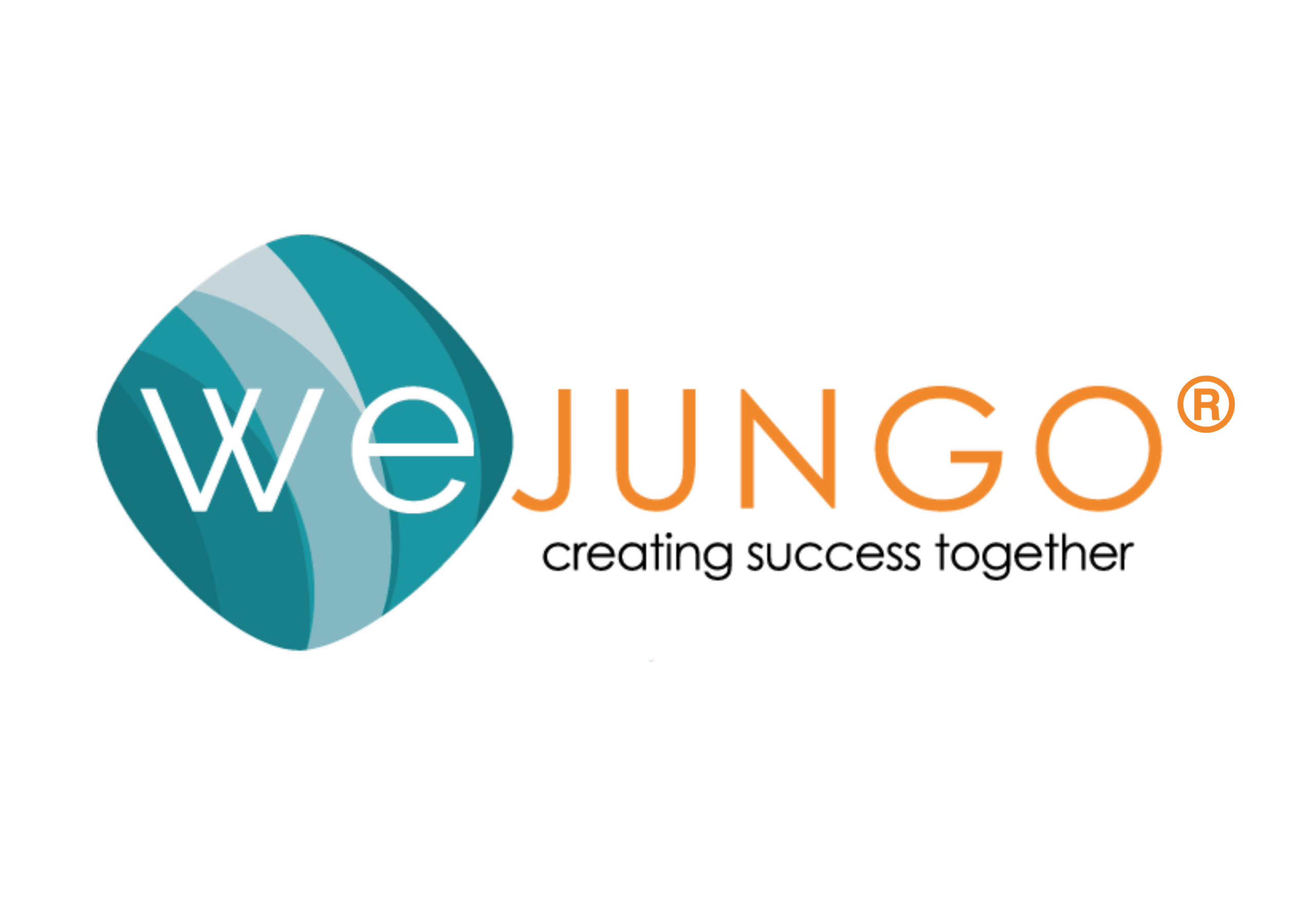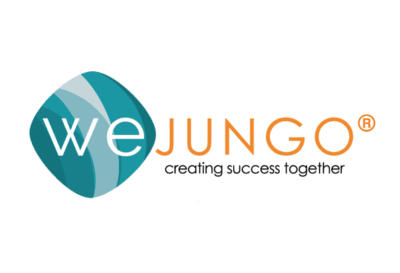“If there’s one thing that’s certain in business, it’s uncertainty” –
Stephen Covey, author of The 7 Habits of Highly Effective People
The COVID-19 pandemic is changing – or has already changed – our collective discernment of uncertainty because of the continued unknown. Almost overnight, companies had to revaluate everything they thought that they knew to find new ways of doing business. With its accompanying uncertainty, COVID-19 has reinforced the importance of workforce planning all the more so.
Workforce Planning Matters More Than Ever
Strategic workforce planning enables an organization to have access to the resources and people needed to perform effectively, now and in the future. By identifying the gap between current and desired business states, business leaders can better realize what development/hiring needs will help reach the future growth state of their organization.
The results of 2020 threw a major spanner in the works for companies worldwide resulting in the realized importance of workforce planning to outpace unprecedented calamities.
How Should Leaders Manage in the Face of Uncertainty?
Fortunately, because of multitudes of theories and practice, we know that with the right mind-set, proper resource planning and the right approach, business leaders can adapt. Just like sailors navigating their vessels through stormy seas, so too can company figureheads by moving swiftly and proactively rather than simply reacting instinctively.
Wejungo’s 5 Rethinking Recommendations
#1 Leading by Example
Turbulent environments have been known to separate the ?winners’ from the ?losers.’ Uncertainty can severely test, and even reveal, the true nature of a company and its leader. It’s during these times that leaders should not just act expeditiously, but act decisively. Examples can be set for other company members, (at any level), and could be the inspiration needed to outmaneuver the implications of uncertainty.
Adam Silver, the commissioner of the National Basketball Association (NBA), an organization with more than 18,000 members (not including the teams), is one such example of a leader who made one of the earliest high-profile responses to the COVID-19 virus, deciding to suspend the professional basketball league for the season. This can be further detailed in Harvard Business Review’s “What Good Leadership Looks Like During This Pandemic.”
Take action: Consider without bias the data and facts, risks and opportunities and seek opinions of key leaders and high performers to help make the best decisions. Demonstrate a combination of perseverance and passion and as Michael Kerrissey and Amy Edmondson discuss in the HBR article, being self-aware of our natural tendencies during uncertainty will allow leads to act more effectively.
#2 Specific Scenario Planning
We can’t predict the future, but we can better prepare for it. Scenario planning can help leaders identify specific sets of uncertainties, different “realities” of what might happen in the future of your business. Scenario planning must not be confused with predicting, but rather it should be considered as the planning of possibilities. It helps companies to better anticipate scenarios that may happen, thus preparing them to manage various outcomes more skillfully, should they occur.
McLean & Co., a HR research and advisory firm, conducted their HR Trends Report for 2021 which indicated that HR departments that created scenario plans were better positioned for effectiveness amid 2020’s COVID-19 turmoil.
Take action: Bring in your HR leadership or consultant to help you identify uncertainties that could impact company members at all levels, from a people perspective and discuss the implications and review them quarterly to be agile and adaptable as new scenarios and new ideas will help the company pivot and adjust when needed.
#3 Goal Readjusting
In the face of uncertainty, try and create certainty. With so little clarity about the future, it can be hard for business leaders to even think about achieving small goals, let alone big ones. In a recent LinkedIn interview on how failure of imagination and belief can hold us back in uncertain periods, Anand Chandrasekher, CEO of Aira Technologies, stated that “in the current environment, our job is to create belief around what’s possible, so everyone stays focused. That’s what humanity is based on. We effectively live on hope.”
Take action: Balance being realistic with being optimistic, but don’t lose sight of very real challenges that could occur in a crisis, e.g., the loss of clients, a drop in production etc. In Anand’s interview, he shared that during times of crisis and uncertainty, “focus on the things that matter most – and keep investing in those so you come out stronger?” Determine what investments your organization can focus on that will help you weather the storm and have a sturdy and perhaps even stronger ship.
#4 Clear and Consistent Communicating
During uncertainty, there is a need for strong and calm leadership. Whether they are business managers, government officials, or parents, Psychology points to the key to minimizing stress being the maximizing of trust. By establishing routine communication, leaders can be looked to with reliability. Should communication halt, people are then prone to start imagining the worst.
As part of their series, McKinsey & Company published a leader’s guide on how to communicate with teams, stakeholders, and communities during COVID-19 suggestions, include choosing candor over charisma and to distill meaning from chaos by providing a clear vision for how the organization / its people will emerge.
Take action: Be honest and transparent so that members feel like their expectations are being met, e.g., share more company information, honor your commitments. Demonstrate empathy to help build and maintain relationships, e.g., recognize different perspectives, show compassion, listen to understand. Provide feedback or open discussion channels to give others a voice for their opinions, e.g., establish a weekly cadence, allow for direct contact from everyone via e-mail, etc.
#5 Offer Learning and Developing
Companies and their leaders need to understand that the workforce emerging from the pandemic is different than the workforce that entered it. Many changes have had to occur, ushering in what is now being referred to as the “new normal.”
Understandably, professional development may have taken a back seat for many organizations facing the demands of this pandemic era, but, with a concrete end yet to be in sight, it’s time to restoke career growth conversations to mitigate employee disengagement and demotivation. Training Industry Magazine’s recent article, “Adapting to the New Normal” details their suggestions on how to reshape training landscapes in response to a crisis.
Take action: Identify cost-effective L&D opportunities by determining the budget, timeline, and scope beforehand. Embrace innovative virtual training platforms to train on key learnings such as technology use and emotional intelligence. Refer to your workforce planning and learn what motivates your employees to determine where to skill, upskill, and reskill to meet needs by focusing on the most valuable skills and attitudes needed to be successful.
If You’re Looking for a Sign to Start Workforce Planning, This Is It
Workforce planning is not a new area of HR, it has long since been used to link business strategy to success, but has the tendency to be pushed to the wayside. However, now, more than ever, workforce planning is one of the most important issues that professionals are talking about.
When uncertainty occurs, like COVID-19, businesses typically default to enacting important planning for factors like their policies and compliance, but what they may fail to plan for is their most valuable component, their people.
Today, many companies can attest to their members’ resilience and continued success as being by-products of their workforce planning which, in turn, has cemented the fact that the future of work requires companies to plan in order to be resilient, agile, and better able to adapt to change.



